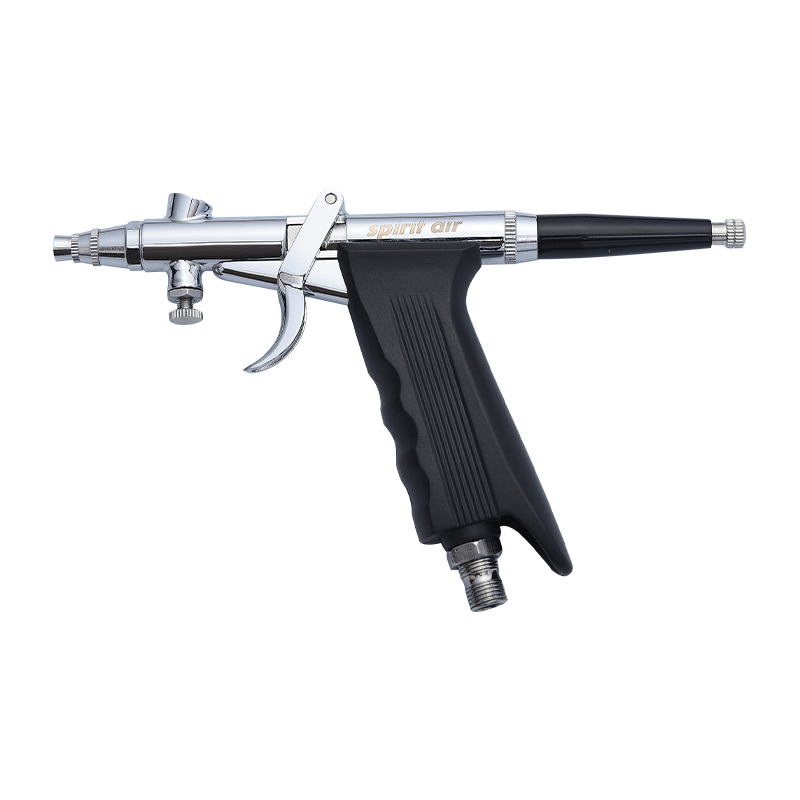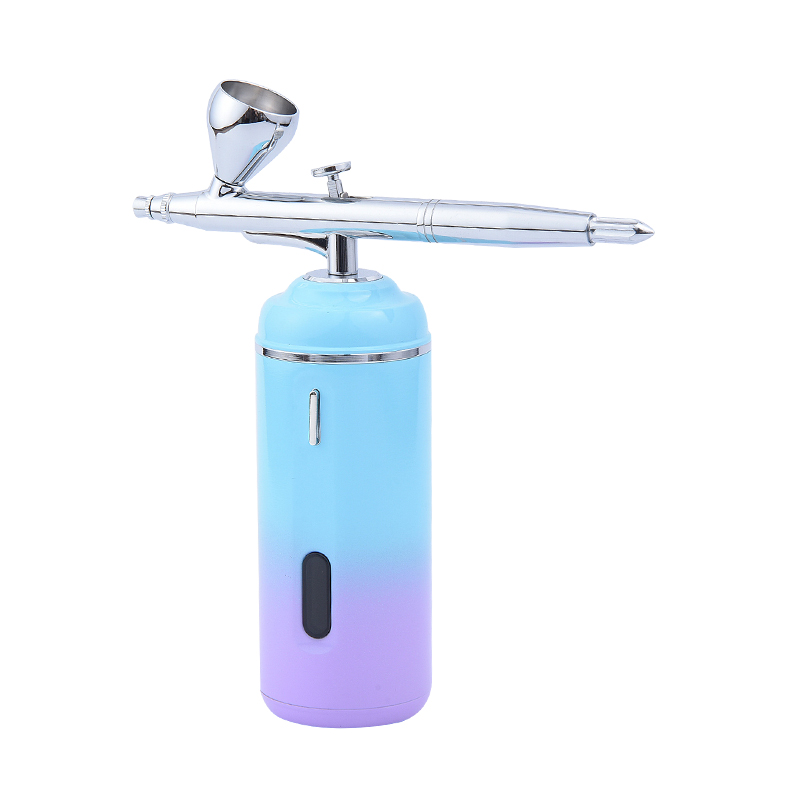Nov 24,2025
The essence and characteristics of mini airbrush compressor:
Basic Definition
A miniature air compressor designed specifically for small airbrushs (such as makeup, model spraying, handicrafts), typically smaller in size than traditional industrial compressors, emphasizing portability and easy operation.
Core functions
Compressed air is generated by mechanical means (piston, diaphragm or turbine) to provide the power required by the airbrush to atomize liquid (such as foundation make-up and pigment), but the air pressure and air supply are significantly lower than those of professional large-scale equipment.
Typical usage scenarios
Personal makeup: such as home users or novice makeup artists practicing airbrush base makeup.
Small scale creation: low precision tasks such as model painting, DIY handicrafts, and small-scale artistic painting.
Temporary replacement: a backup plan for professional equipment failure or emergency situations when going out.
Main design features
Compact body: commonly in the shape of a square box or cylinder, can be lifted with one hand, and weighs mostly 1-3 kilograms.
Simplified structure: Most of them are piston/diaphragm type, without large gas storage tanks or only extremely small chambers.
Low power motors: rely on household power sources (220V/110V), with very few equipped with batteries but limited performance.
Key Limitations
Unstable air pressure: Pulse fluctuations in the output airflow result in uneven atomization.
Continuous force difference: Long term use can cause overheating and gradual decrease in air pressure.
Noise issue: Although quieter than industrial machines, there is still noticeable mechanical noise, which is not suitable for absolutely quiet environments.
Market Positioning
For users with limited budgets, low frequency usage, or limited space, meeting "as long as you have it" rather than "professional level" needs, the price is usually 1/5 to 1/10 of professional equipment.
The essential difference from professional equipment
Mini machines sacrifice stability, durability, and precise control capabilities in exchange for reduced volume and cost, and cannot replace the high load, high-precision operational requirements of professional compressors.
| Category | Description | Key Notes |
| Definition | A compact air compressor designed specifically for small-scale airbrushing tasks. | Miniaturized version of industrial compressors, prioritizing portability. |
| Primary Function | Generates compressed air to atomize liquids (makeup, paint, etc.) in handheld airbrushes. | Lower pressure & airflow vs. professional units. |
| Common Uses | • Home makeup application• Hobby/model painting• Small DIY/craft projects | Limited to low-precision, infrequent, or practice work. |
| Design Features | • Small, lightweight (1-3kg)• Piston/diaphragm mechanism• Minimal or no air tank | Compact but sacrifices stability and endurance. |
| Limitations | • Unsteady airflow (pulsation)• Overheats with prolonged use• Noticeable operating noise | Unsuitable for prolonged, detailed, or professional-grade work. |
| Target Audience | Beginners, casual users, or those with budget/space constraints. | "Good enough" for occasional use, not for heavy-duty applications. |
| Price Range | Typically 1/5 to 1/10 the cost of professional compressors. | Reflects entry-level capabilities and materials. |
| Professional Comparison | Lacks consistent pressure, cooling, and durability of high-end compressors. | Cannot match performance for fine detailing or long sessions. |






